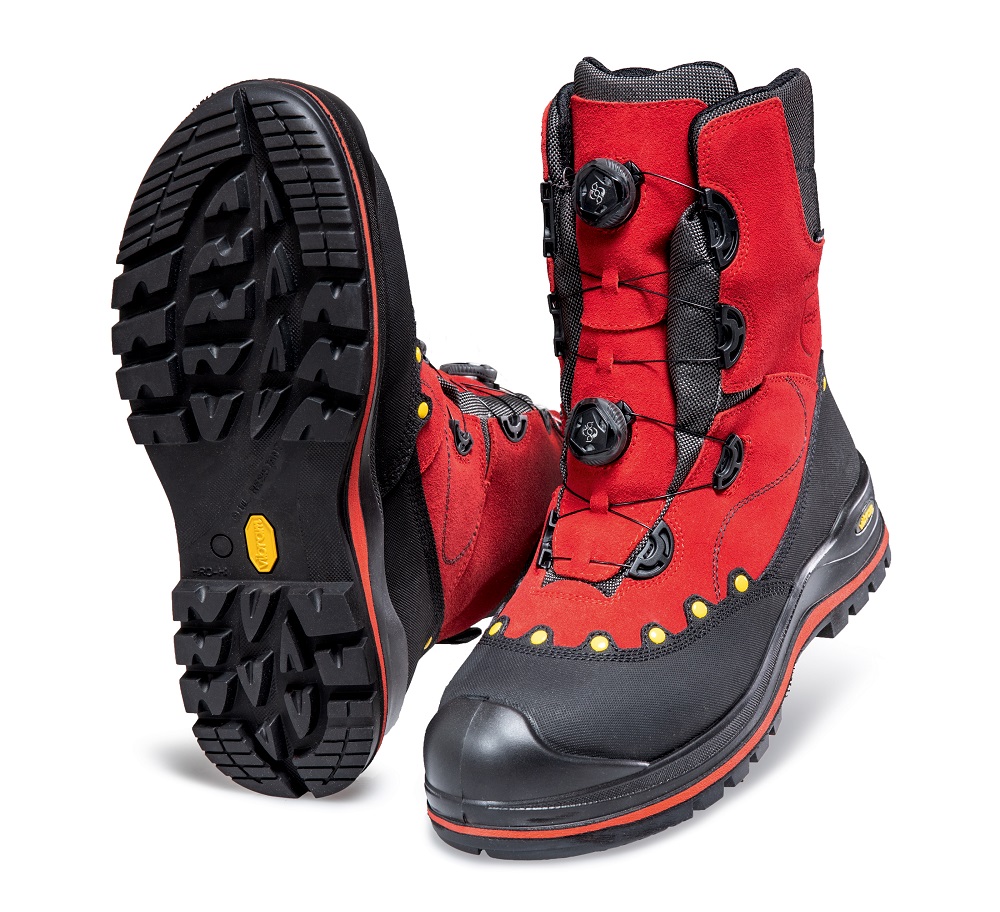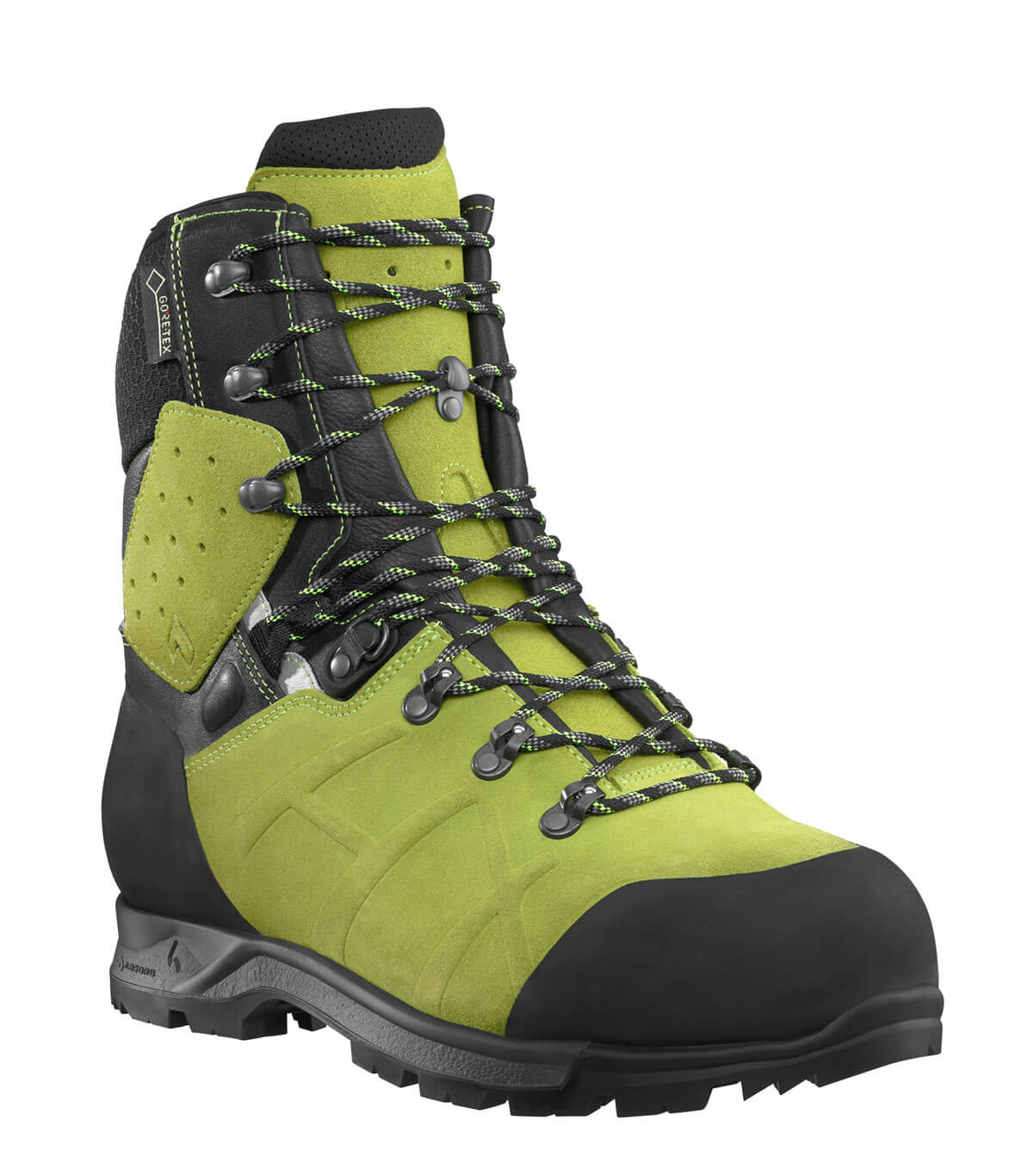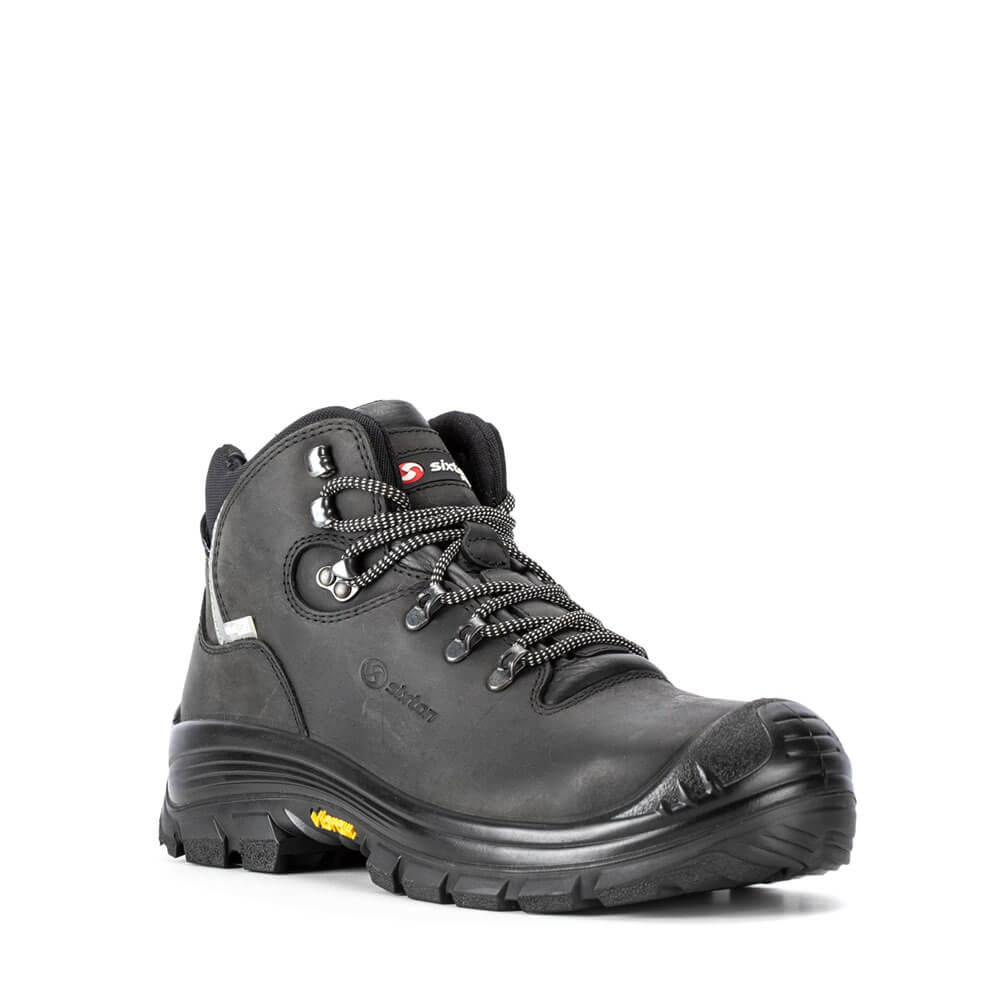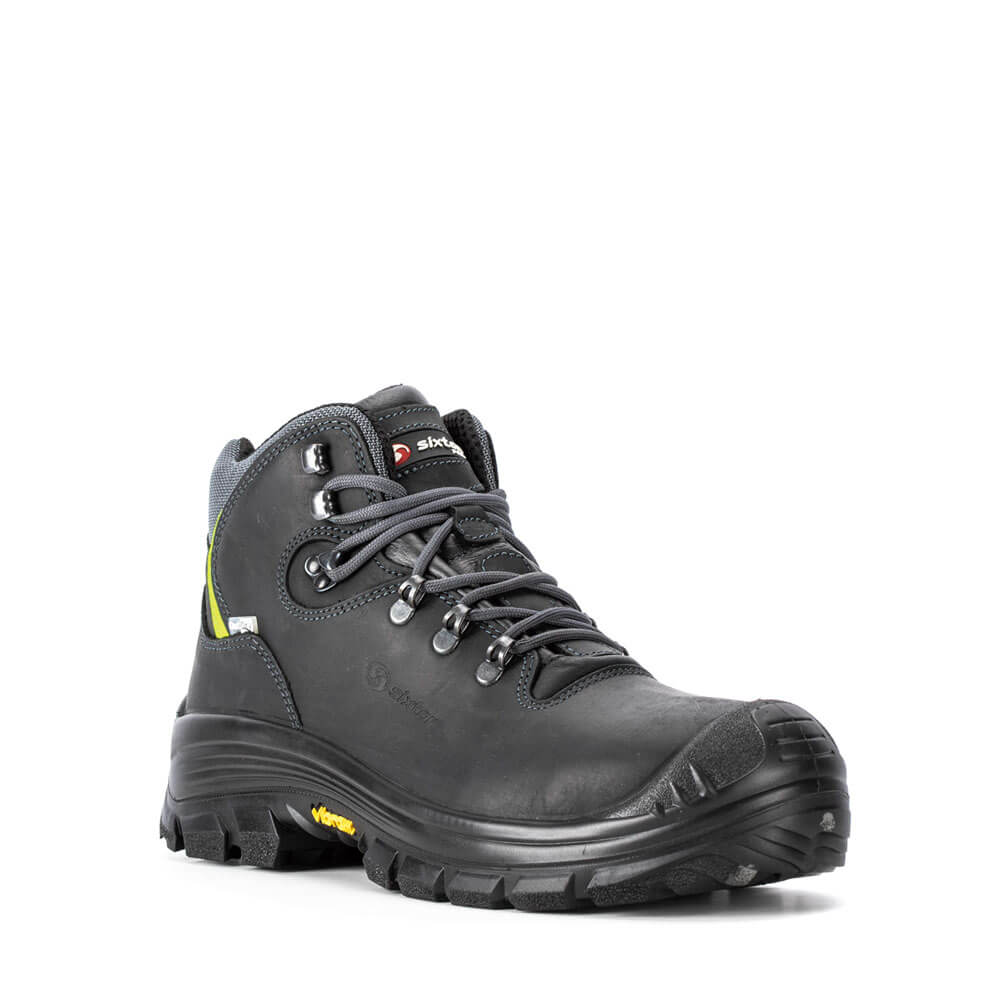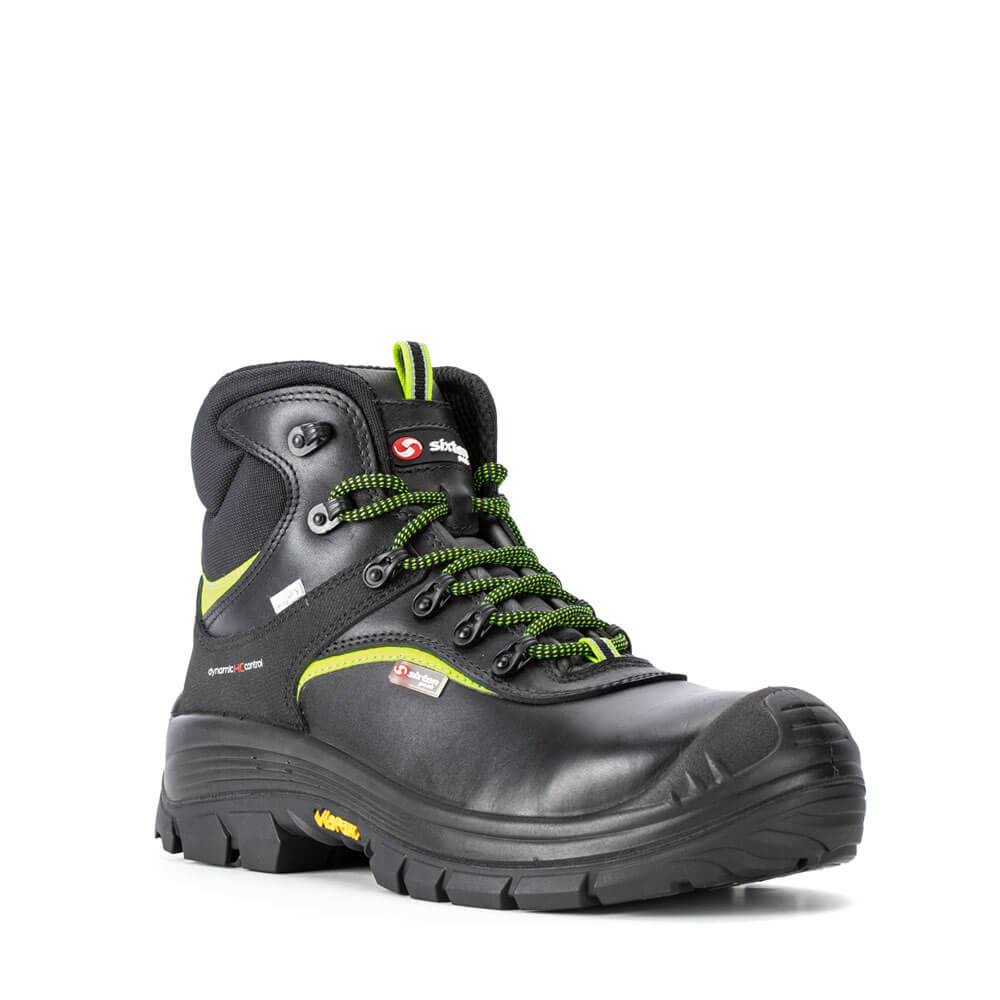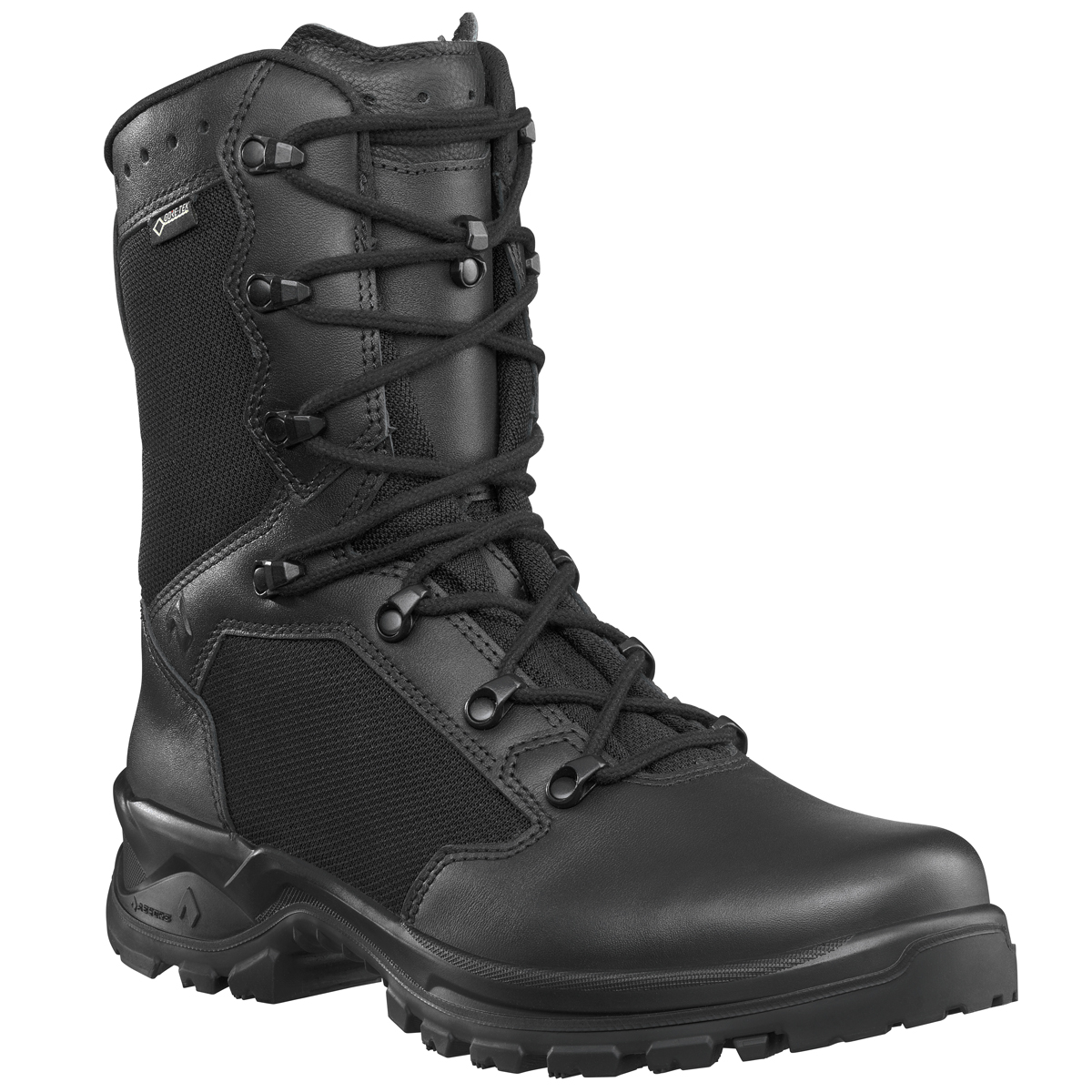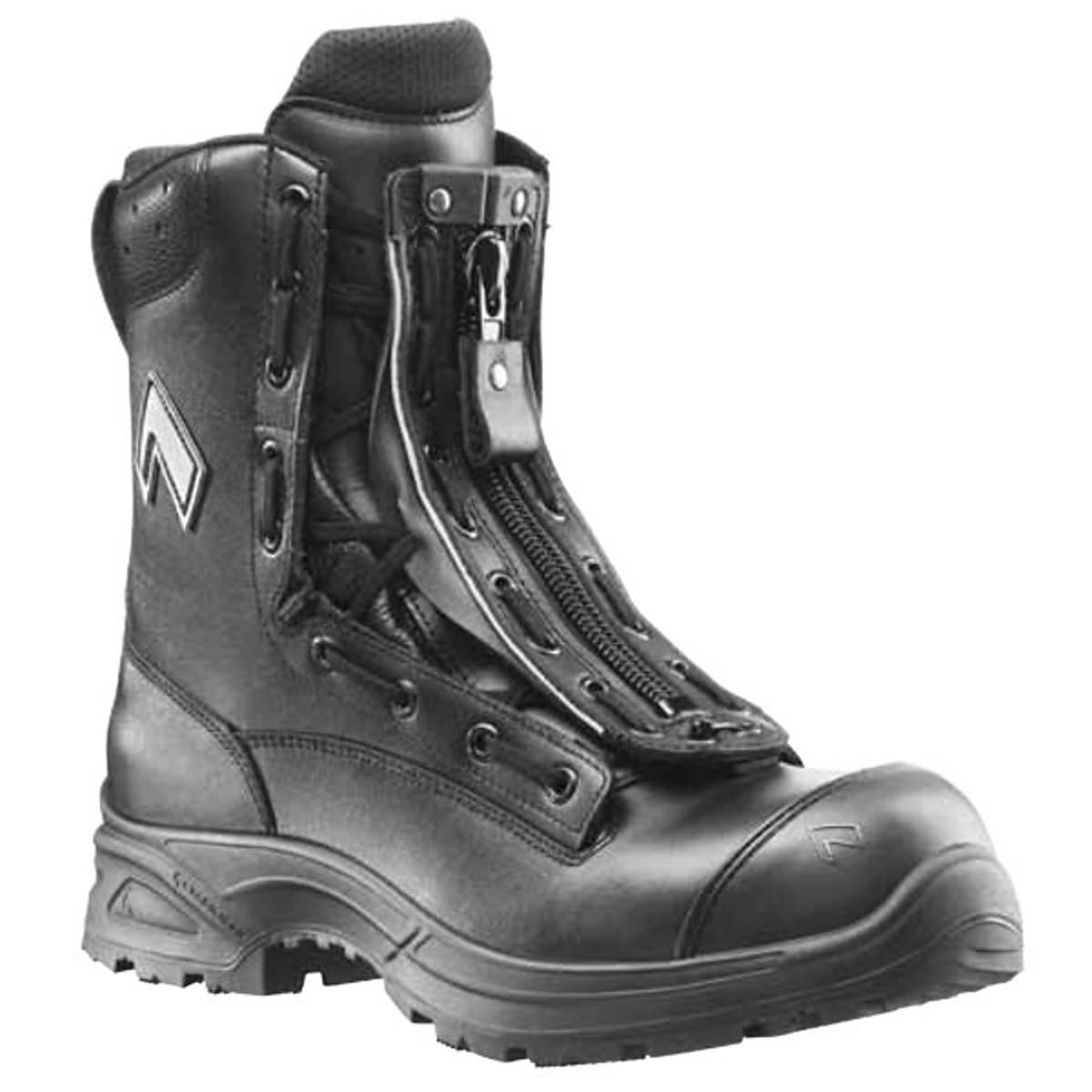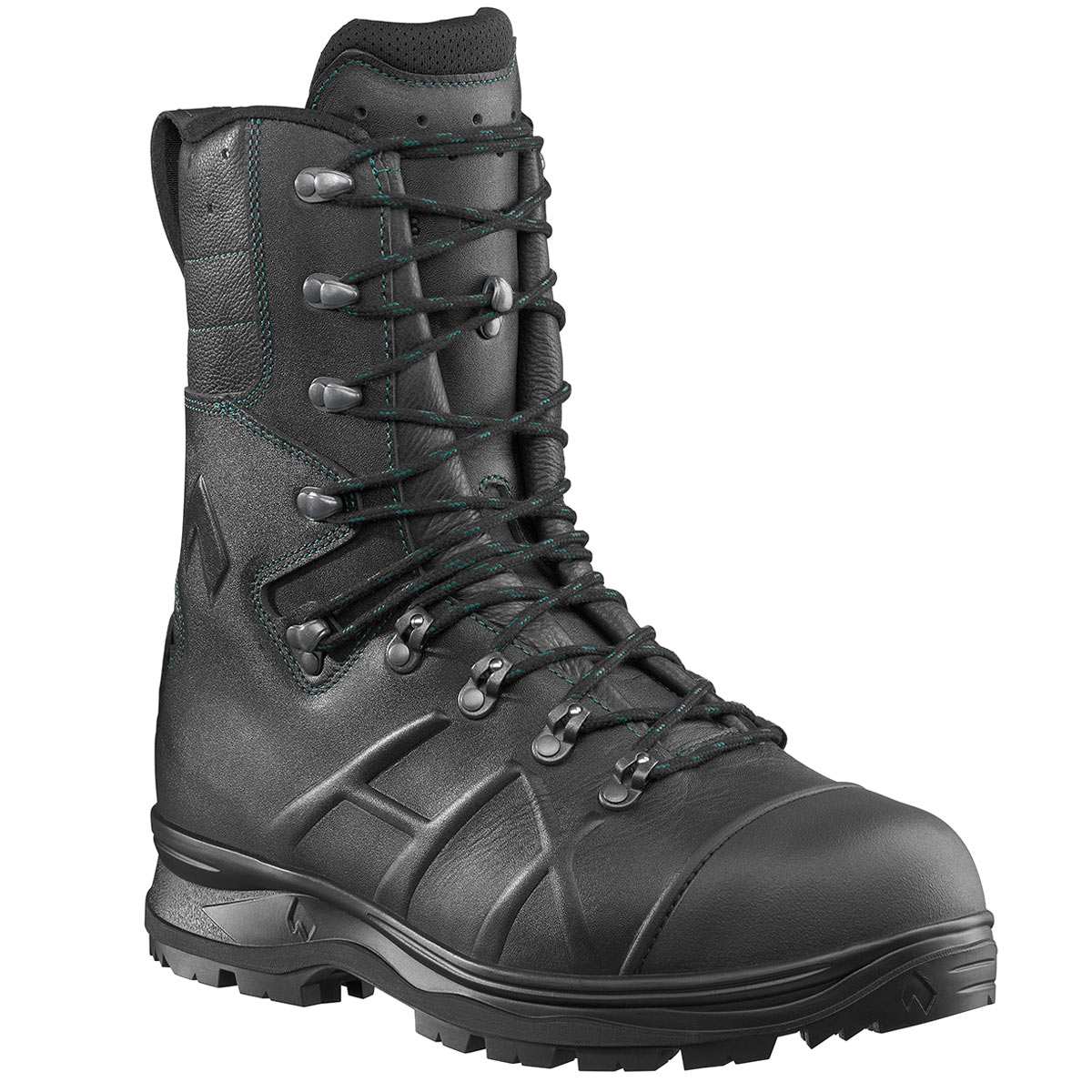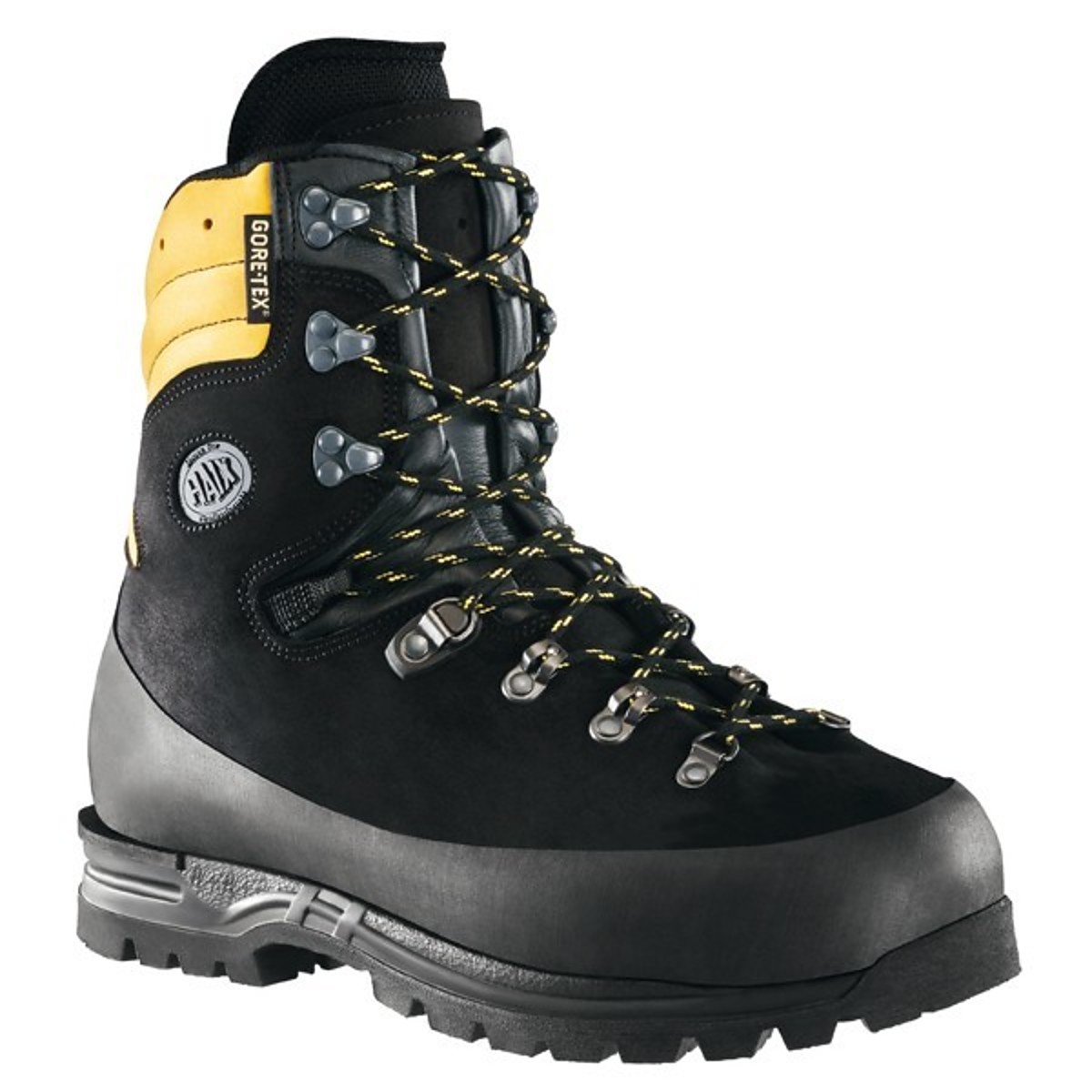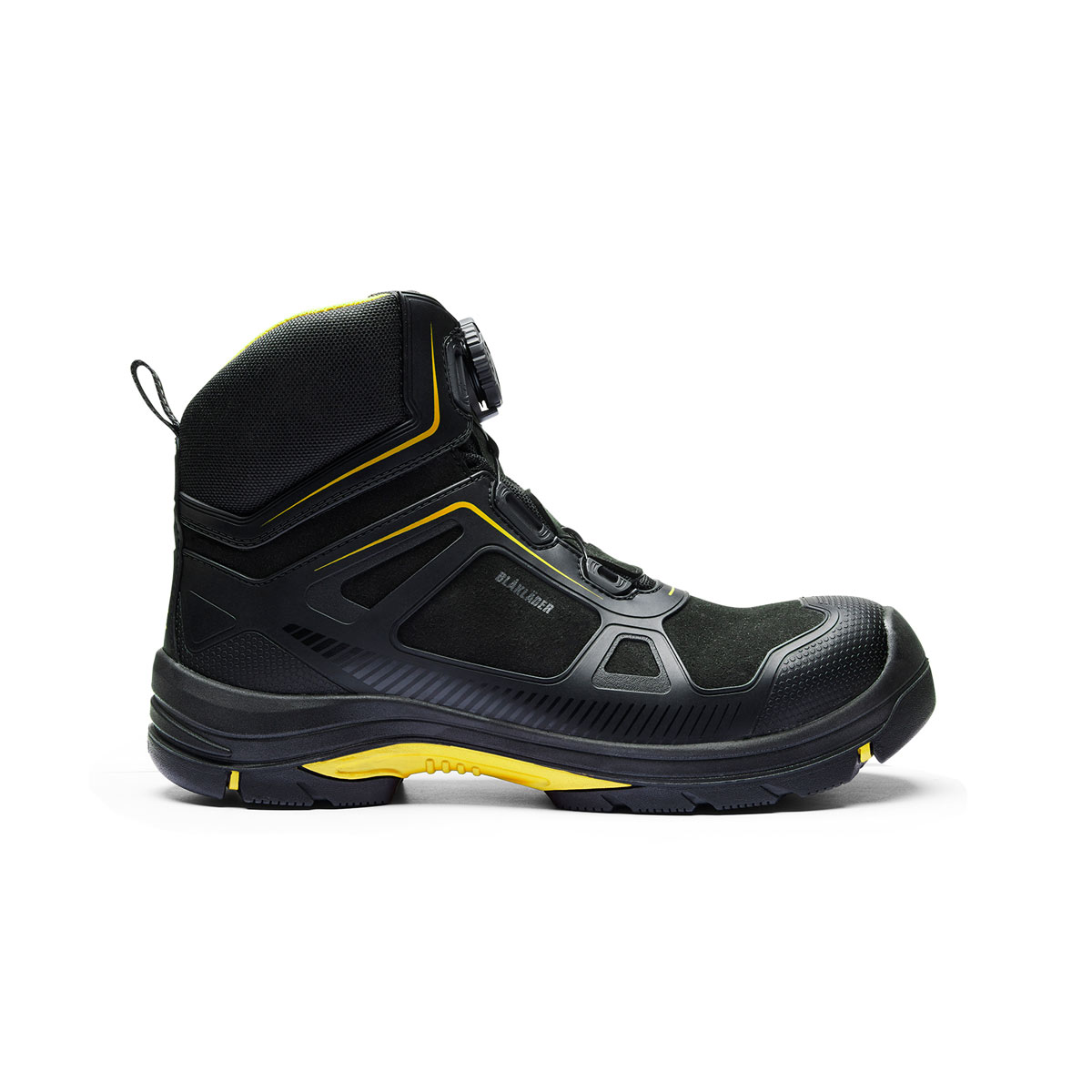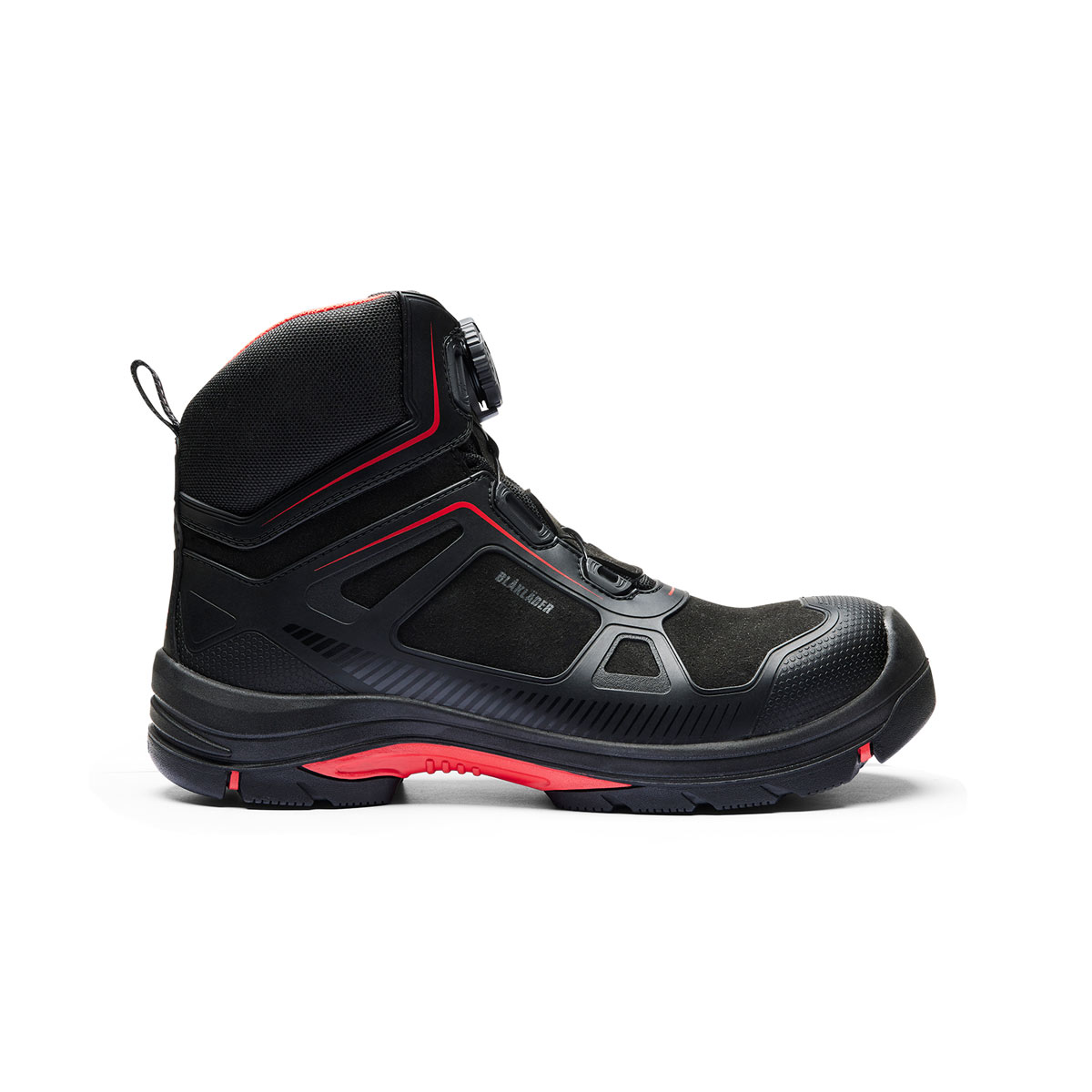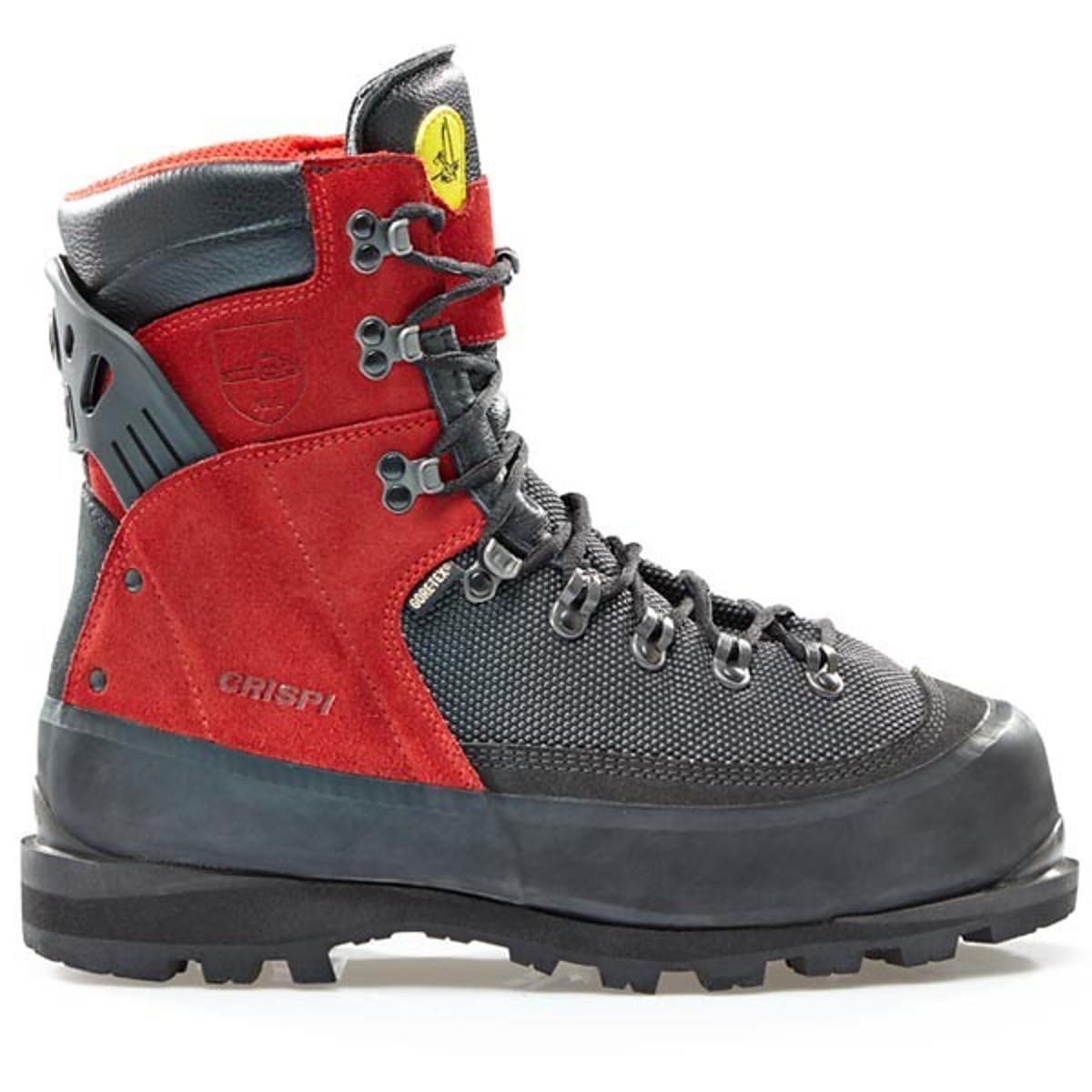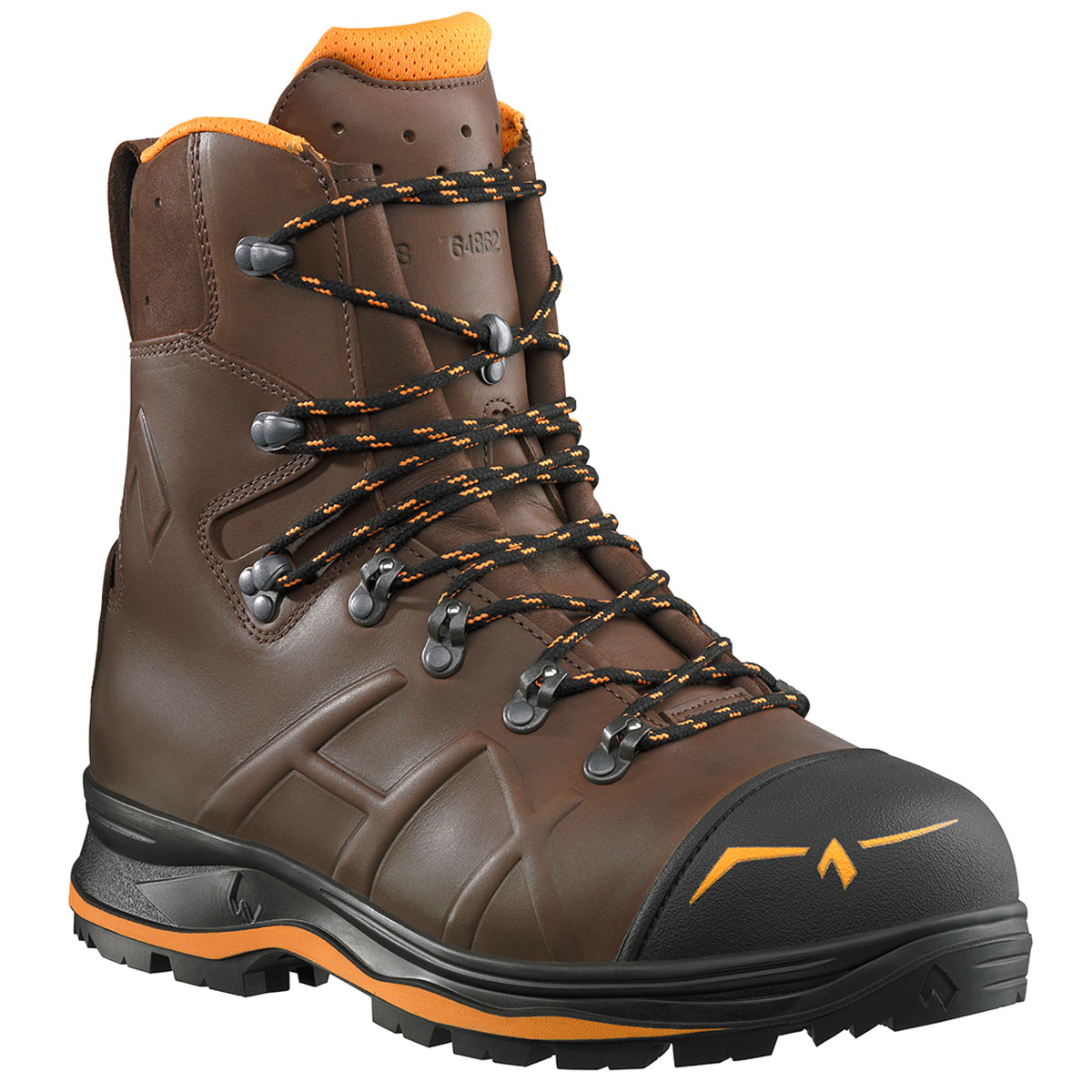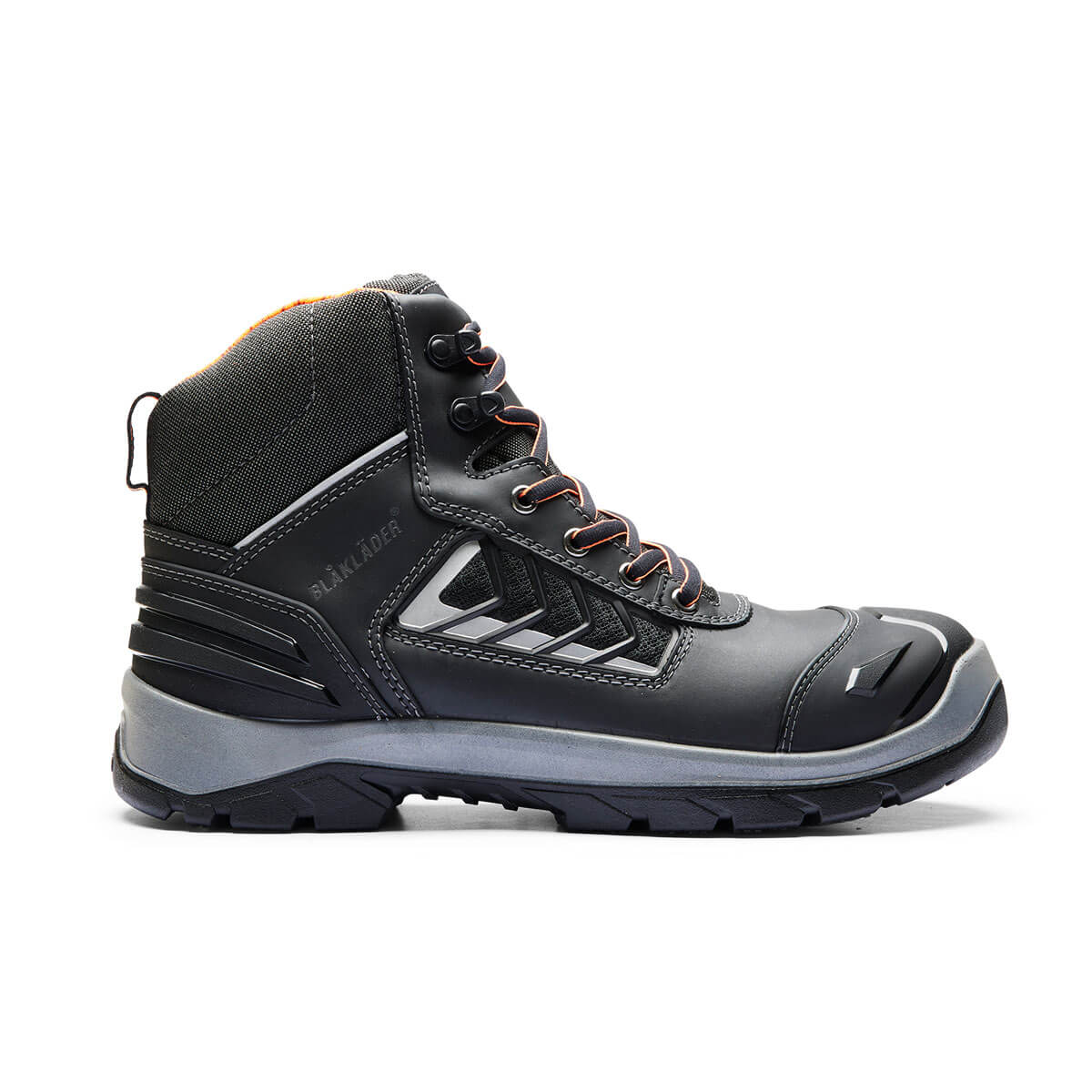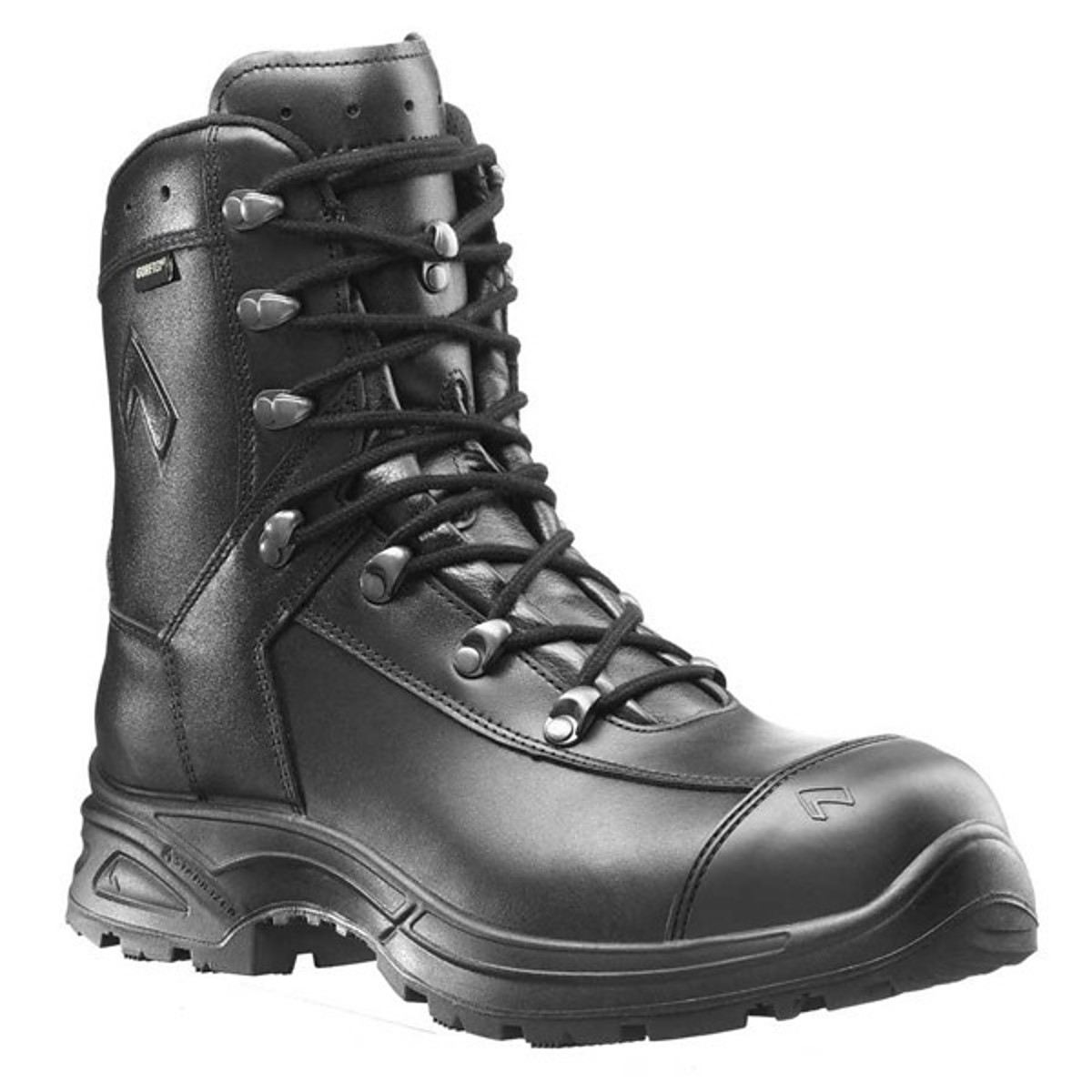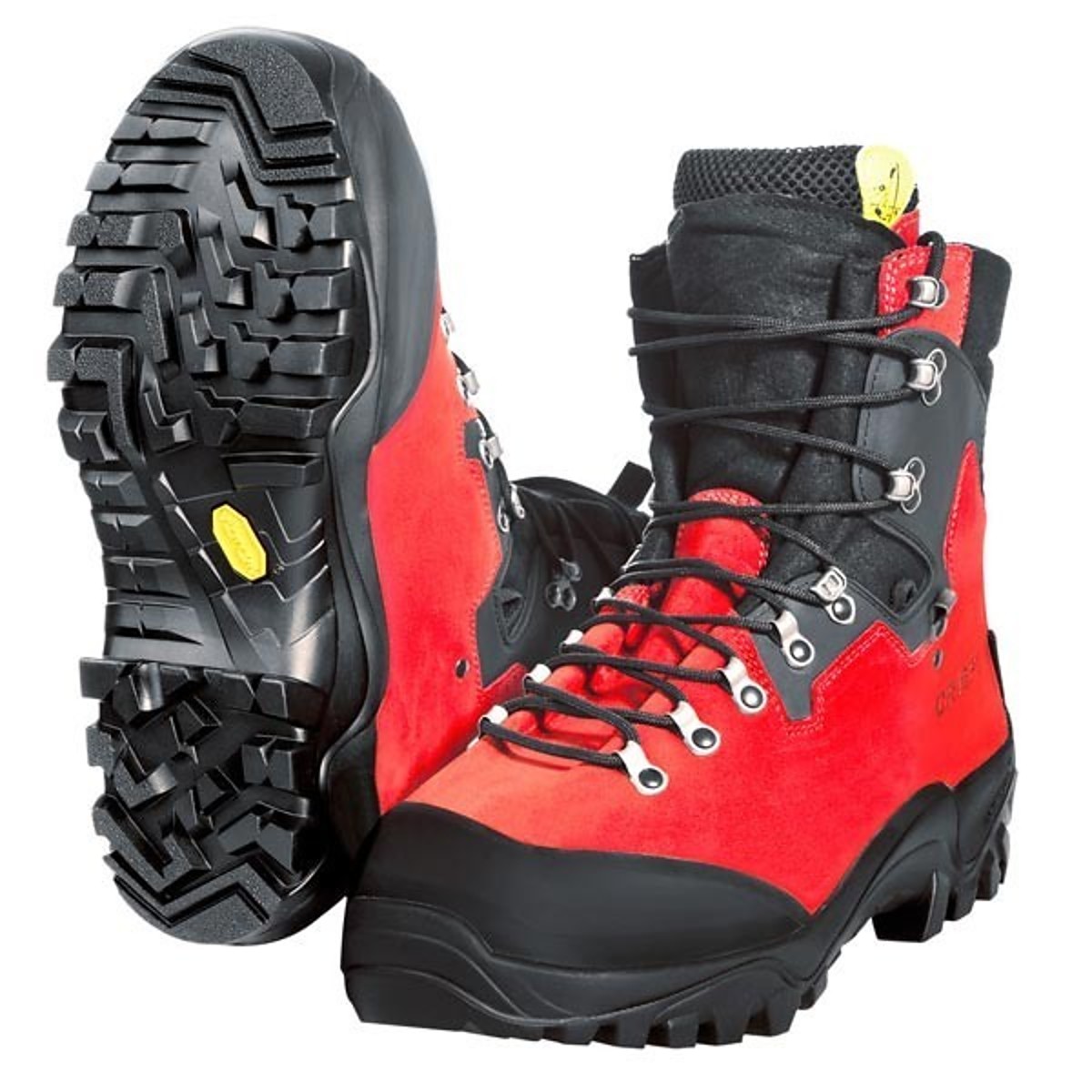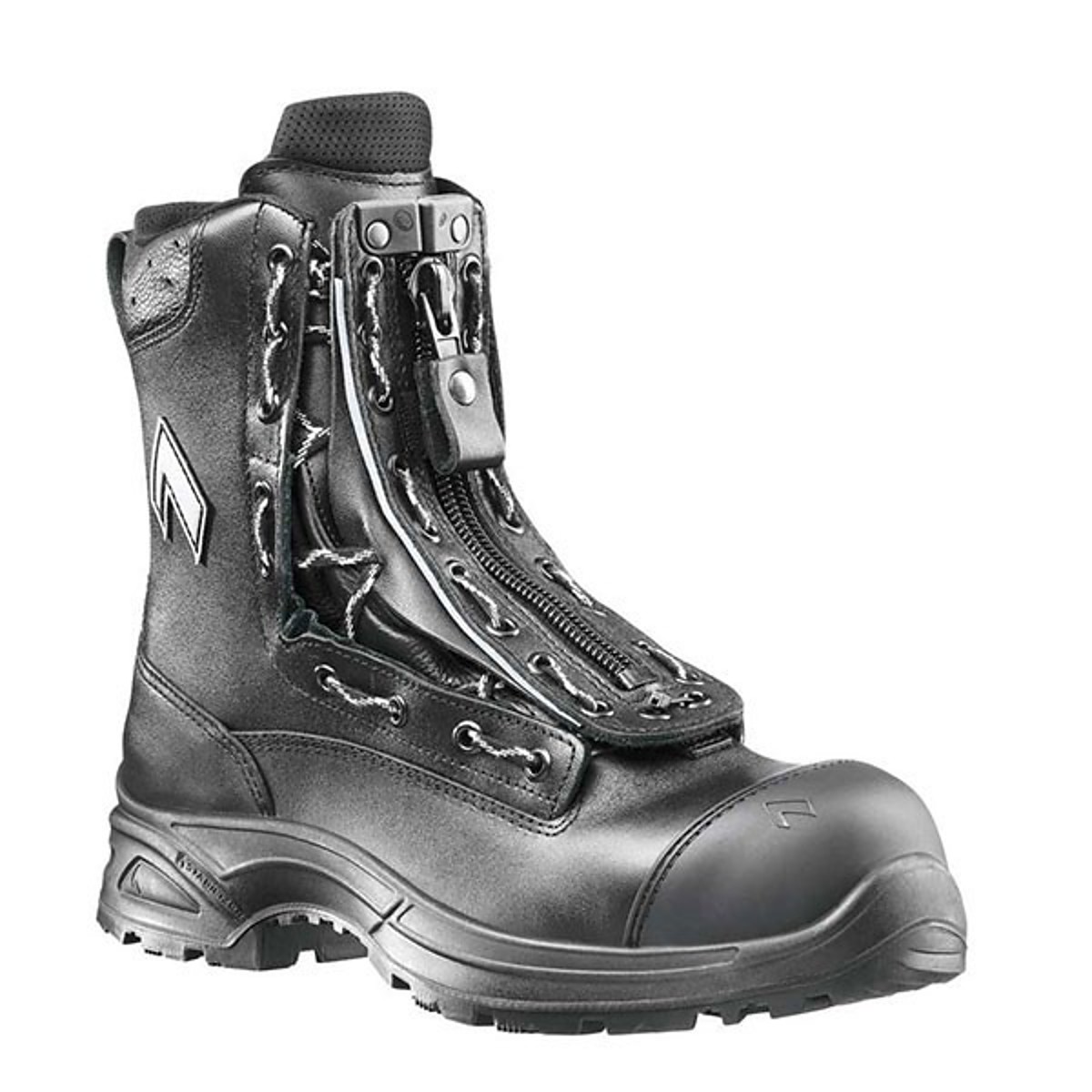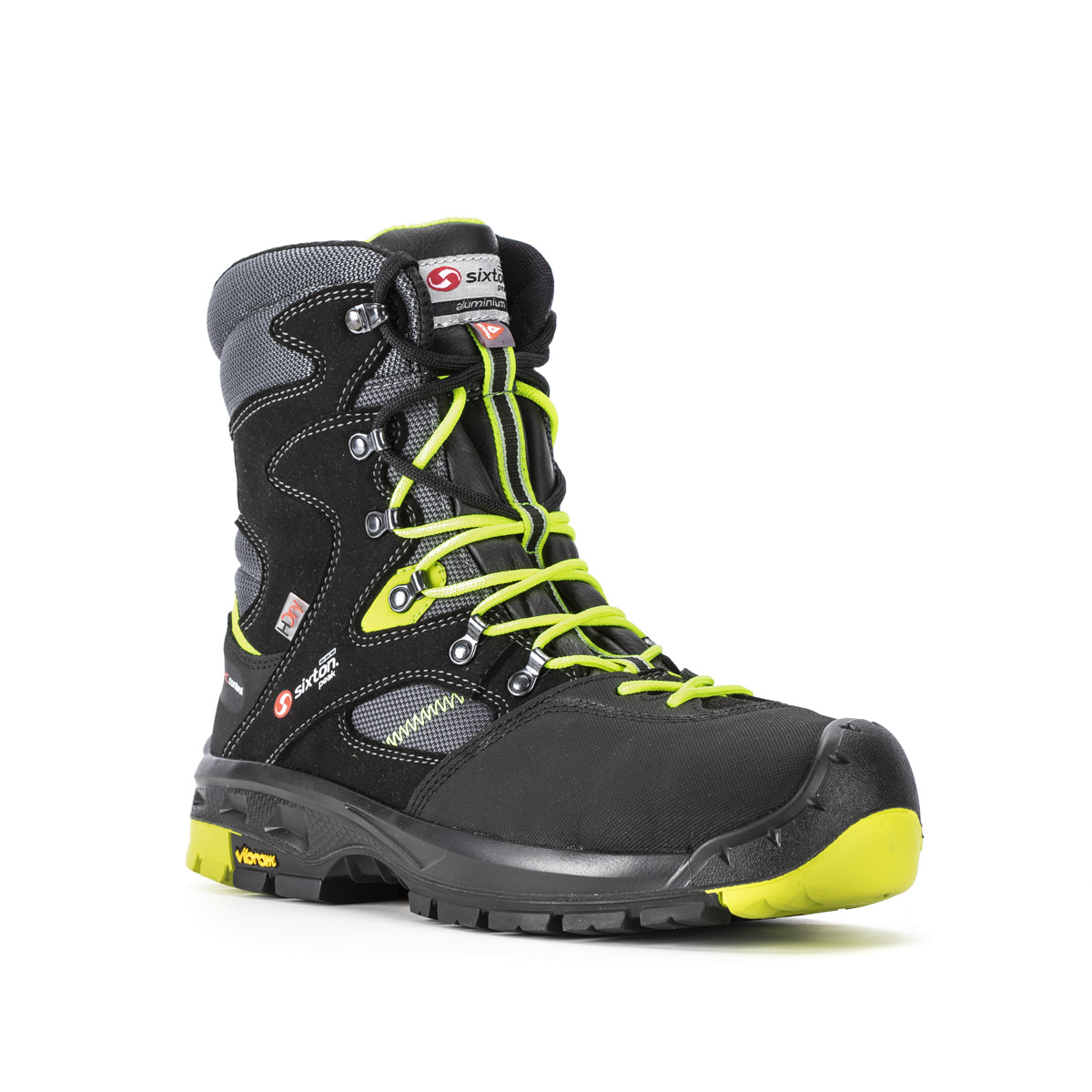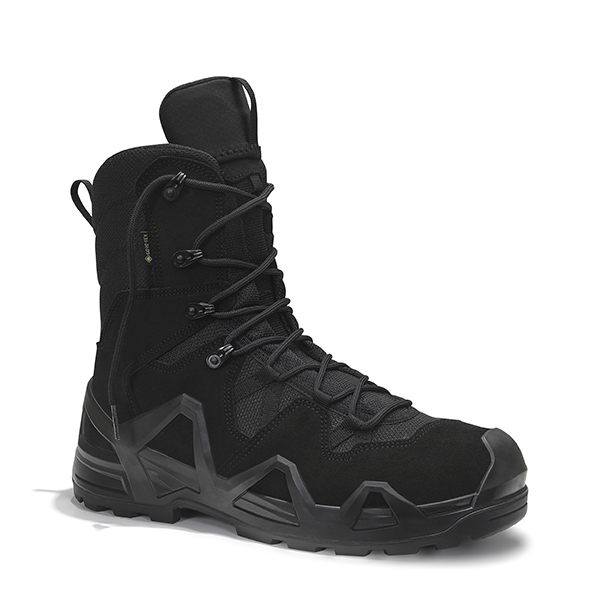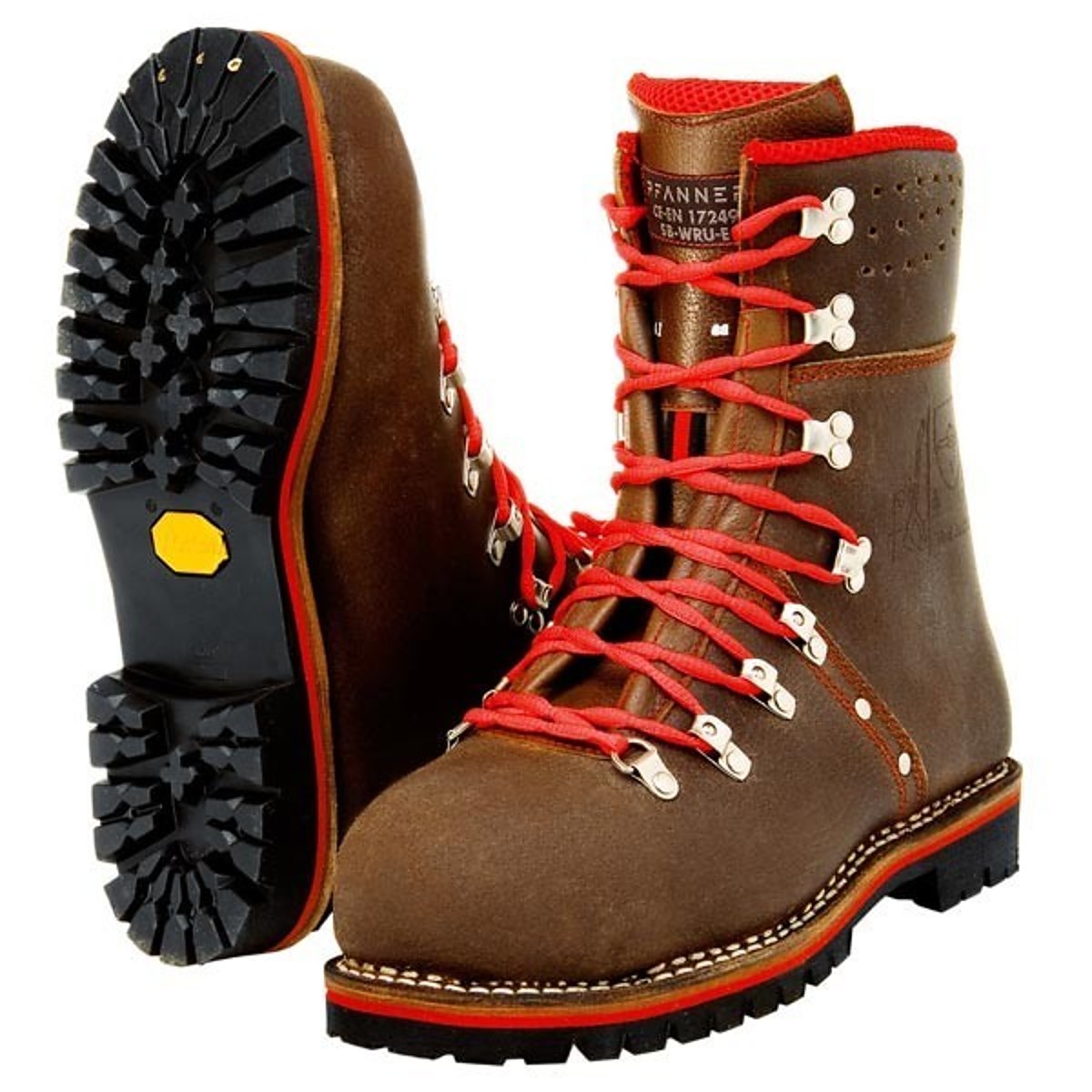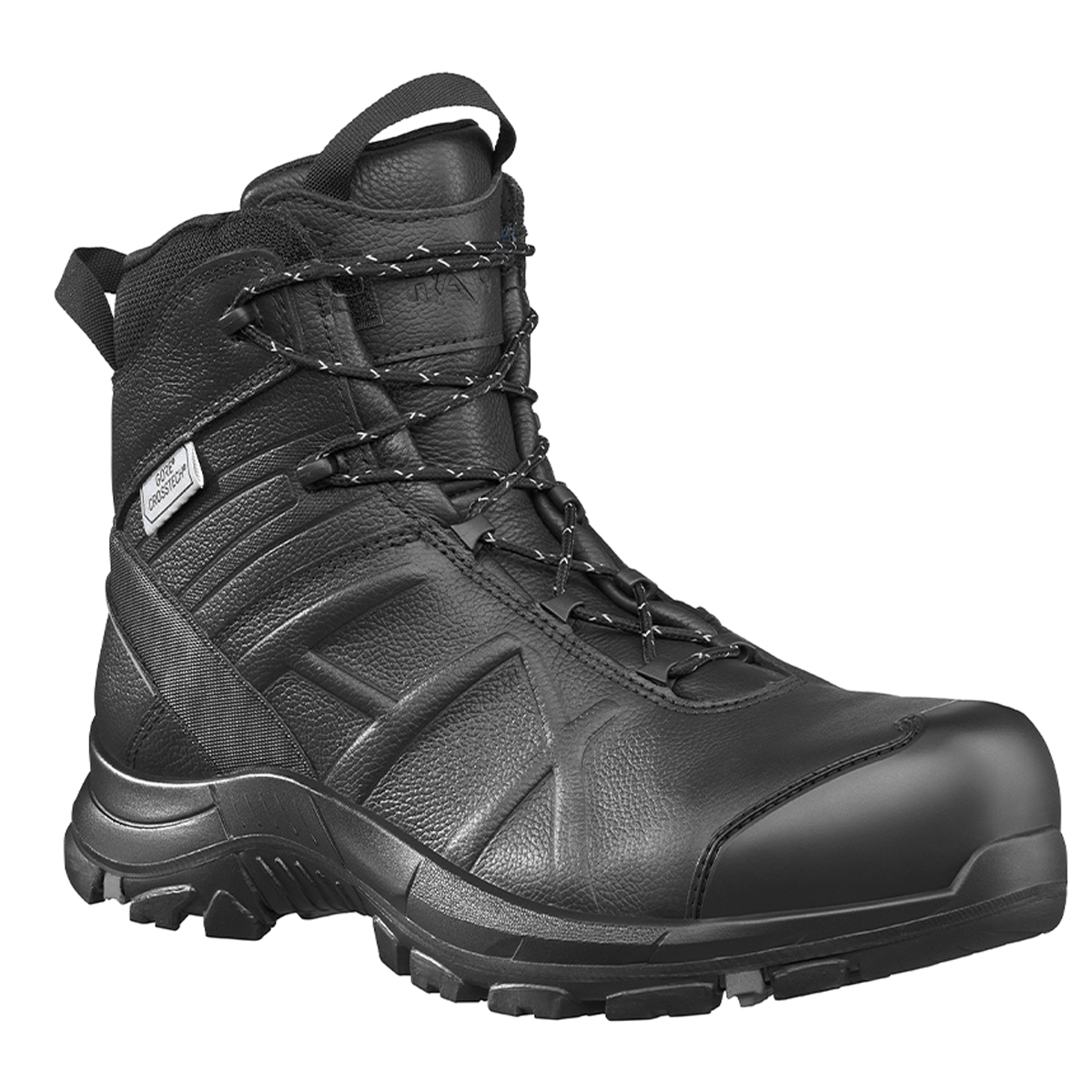
Filter products
Safety boots and work boots for craft and industry
Safety boots are often part of the necessary workwear in the trade or industry and are partly mandatory in the law for occupational safety. They often have to withstand different requirements: Sometimes the shoes have to withstand acids and other chemicals, in other cases they are intended to protect the wearer from twisting an ankle. They are usually comfortable, high lace-up shoes or work boots.
Safety boots for every requirement - the different protection classes
Safety boots are available in different protection classes, which describe which work protection is granted in each case. There are the following protection classes:
- S1 – with steel toe cap or composite or aluminum toe cap. S1P builds on this and also offers penetration protection.
- S2 – provides toe protection and prevents from water penetration
- S3 – is waterproof, provides toe protection and puncture resistance
- S4 – means waterproof boots with toe protection
You can find out which protection class is the right one from the occupational regulations of a particular industry. All important standards for occupational safety in your industry are listed here.
Safety boots - this distinguishes many
Many safety boots offer a high level of wearer comfort and are comfortable even when worn for long periods. The decisive factor here is the material: The upper material is in many cases a textile material, such as a hard-wearing canvas fabric, highly abrasion-resistant Cordura®, microfiber - which is exceptionally easy to clean - and sometimes combined with a Gore-Tex® membrane. The membrane is often not just there to make puncture-resistant work shoes weatherproof and breathable at the same time, but - according to the membrane - enormously breathable.
The inner lining of the shoe is of particular importance here. It should be antibacterial and disinfectant. The inner lining also supports breathability and helps to reliably wick away sweat. In some cases, it also contributes to cold insulation.
Find the right safety boots
Which work shoe you need depends on your work environment. The shoe manufacturer Haix, for example, has produced an operational shoe for the Bundeswehr for the wasteland, in which the Gore-Tex® membrane ensures an extremely high and effective ventilation of the operational shoe.
Some safety boots have a very special penetration protection in the form of a steel midsole or a midsole made of Kevlar. These Kevlar soles serve as cold insulation and have a light sealing effect.
At the same time, the sole does not make the safety shoe stiff or unchangeable. This is the only way to achieve the balancing act between comfortable shoes and shoes that take into account the idea of the highest possible occupational safety.
Safety boots with different soles
Also from the shoe soles there are noteworthy differences. Starting from the mixture ratio of the sole itself, such as rubber, PU, TPU and much more, it also goes to the cut of this sole, which should be anatomical as well as ergonomic, that is, in the true shape of the foot in a comfortable shoe. The sole must also sometimes protect chemicals, acids or the passage of water.
Also the rear placement of these studs or the profiling makes diverse. Elten safety shoes packs its winter boots a soft rubber mixture, so that the shoe sole does not harden at low temperatures and a 9 mm deep profile for a protected stand as well as grip in the snow and on ice.
In places exposed to heat, the wearer of a safety shoe such as requires a heat-resistant outsole, which due to the compound ratio or the material property has a heat resistance of circa. 200 °Celsius and also tolerates 300 °Celsius for a short time. The soles should be slip-resistant, oil-resistant and anstatic.
Other safety boots are designed to relieve stress on the joints and simplify rotational movements, keeping you from premature fatigue. Sometimes the soles also contain Vibram, which additionally improves the cushioning and slip resistance and bounces when rolling. So you get a part of the energy back with every step.
Comfort very important for safety boots
There are several ways to get a beneficial fit of the safety boot. Starting with a rapid binding, which exist on the significant support parts of the foot on the boot and provide loyal support with the use of a good binding. In this case, it is essential that the safety boot has high quality straps that will last for months and years and will not burst.
Haix, for example, uses high-class self-locking hooks, which open and lock automatically during lacing. As a result, there is no longer any risk of unknowingly hooking in any place. Some manufacturers of safety footwear also offer Velcro fasteners. However, these are less durable and than shoes with a clean lacing.
Velcro can provide additional support for lacing at the ankle or midfoot. Some safety boots also combine a lacing with a zipper. The advantage, once laced, the shoes can be conveniently put on and taken off quickly.
When buying your safety shoes, also look for a padded boot tongue, which should prevent pressure points and can thus increase the wearing comfort. Ideally, you can also close the loops so that no drops can get caught on the eyelets and you always have dry feet.
Special systems support air circulation in the boot by forcing air out through various breathable felts, such as openings in the tongue. Alternatively, the through-flow movement that occurs when walking is used. This also allows moisture to pass from the inside to the ventilation openings on the shaft and tongue.
High quality safety boots use only full leather from bulls. The reason for this is obvious: the skin of cows is regularly stretched by pregnancies and is therefore more susceptible to cracks. These, in turn, would reduce the service life of the safety boots.
Wearing comfort is playing an increasingly important role for many manufacturers. An overcap, for example, is intended to prevent rapid wear in the context of the steel cap or toe cap. Often the leather is doubled in this area, variants for example an overcap made of rubber band or TPU also exists, however. So that the sewn overcap can in no way simply separate, the seams in this area are recessed and thus strongly protected by abrasion.
Safety boots save the feet from twisting
To prevent twisting, the producer of Elten from North Rhine-Westphalia builds in its own hand-produced Biomex Protection System in safety shoes. The light and variable framework outside the safety boot stabilizes your ankle in its actual movement. This will save you from painful sprains. In contrast to other joint protection systems, Elten's structure remains pleasantly lightweight and does not stiffen your wearer's joint in any way.
Thanks to such offset pivots, the Biomex Protection shank cuff on the safety shoe follows the shifts of the knee joint as well as the lower leg towards the center of the body.
Modern safety shoes are hardly reminiscent of the heavy models of the past. There are lightweight, comfortable work boots and that can withstand even the toughest working day.

